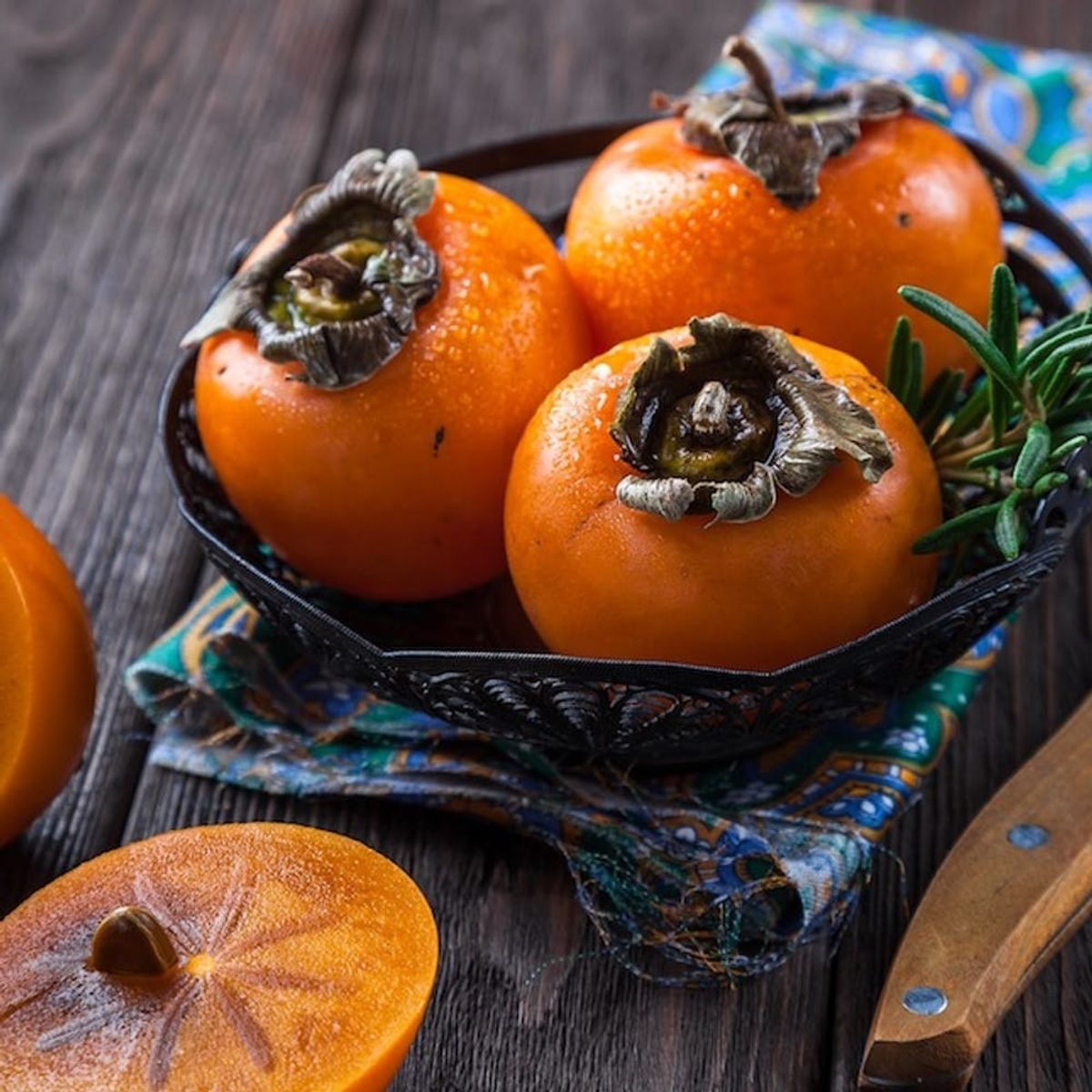Don’t let chilly weather keep you from delicious winter produce.
How to Shop the Farmers’ Market… in the Winter

There are plenty of cold-weather crops at the farmers’ market to inspire fall and winter cooking if you’re willing to brave the chill. Though we often associate farmers’ markets with warm weather temps, you’ll have so much fun stocking up on hearty veggies for a cozy evening in the kitchen. Markets also tend to be much less crowded in the winter, so you can browse in peace and get some more quality face time with farmers, who can give you tips on how to select the best fruits and veggies, plus the best way to prepare them. In the meantime, check out this primer on what you might expect to find.

1. Dark Leafy Greens: Though it seems counterintuitive, leafy greens are actually in season during the winter. Sturdy greens like kale, collards, and chard are in abundance. Sauté them in olive oil with garlic for a simple side, throw them into your morning smoothie, toss them into soups and stews, or bake them up in casseroles. Leafy green dinner options are endless.

2. Cruciferous Veggies:Broccoli, Brussels sprouts, cauliflower, and cabbage are all part of this cool-weather group. High in vitamins, minerals, and fiber, these vegetables may help boost your immune system during the coming months. Look for veggies that are firm and have tight buds. Chop them up in salads, roast them, sauté, or even steam them.

3. Persimmons: These vibrant orange tree fruits are as delicious as they are pretty. Use the ripe flesh of acorn-shaped Hachiya persimmons for baking. Fuyu persimmons are flatter in shape and are great raw. Try them in salads or slice and broil with a little goat cheese as a seasonal appetizer. You can enjoy the fruit for every meal — morning, noon, and night — when it comes to persimmon recipes.

4. Onions: Onions are an underrated workhorse. They’re the backbone of sauces, soups, stews, pastas, and even sauces like caramelized onion gravy. Take advantage of this time of year to use them as a starring flavor. We love them as a filling in a savory tart, or used in the classic French onion soup. Leeks, shallots, and garlic are also close relatives that you’ll see this season.

5. Winter Squash: The inner flesh of winter squashes is super versatile. Peel and cube them to roast for salads, or in tacos, pasta, or chili. You can also use the puree as a base for velvety soups and pies. Look for squash that have smooth, matte skin, are heavy in weight, and have a dry, firm stem still intact, then let the stellar squash recipes commence!

6. Pears: These tree fruits really hit their stride in winter. They come in tons of different varieties and colors, so you’ll never get bored. Try pears in a multitude of recipes, including baked goods, roasted alongside root vegetables or pork tenderloin, or sliced and served on your next cheese plate.

7. Citrus: Among the cheeriest of the cold weather crops are citrus fruits, like oranges, lemons, limes, grapefruits, and kumquats. They’re bright, tangy, super high in vitamin C, and are said to boost immunity during cold and flu season. We love ours as a fresh juice or with a little sparkling wine for a festive mimosa. Look for blemish-free rinds and fruits that feel a little heavy for their size (use the ones around it for comparison).

8. Pomegranates: Vibrant pomegranates are delicious in both sweet and savory dishes. They’re also high in antioxidants, vitamins, and folic acid. Sprinkle the seeds onto salads, roasted root veggies, your morning oatmeal, or creamy custard desserts, or enjoy them raw as a light snack. To choose a juicy pom, look for heavy fruits.
Follow us on Pinterest for more seasonal cooking ideas.
(Images via Pixabay, Keenan Loo/Unsplash, Pixabay, Thomas Martinsen/Unsplash, John Silliman/Unsplash, 44 Degrees North/Unsplash, Linh Pham/Unsplash, Adrian Scoffham/Unsplash)















